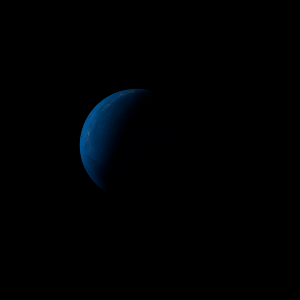|
|
Space Astro
|
Info for exoplanet "Ireg"
| Scientific (actual) data |
|---|
| Name | K2-138 c |
| Planet status | Confirmed |
| Planet mass | 0.0198 |
| Radius | 0.225 |
| Orbital period | 3.55987 |
| Semi major axis | 0.04454 |
| Orbit eccentricity | 0.296 |
| Inclination | 87.5 |
| Discovered | 2017 |
| Updated | 2021-03-26 |
| Omega | 200 |
| Tconj | 2457740 |
| Tzero tr | 2457740 |
| Impact parameter | 0.47 |
| K | 2.8 |
| Temperature (kelvin) | 1140 |
| Publication | Published in a refereed paper |
| Detection type | Primary Transit |
| Mass measurement type | Spectrum |
| Radius measurement type | Primary Transit |
| Alternate names | 2MASS J23154776-1050590 c, EPIC 245950175 c, WISE J231547.76-105059.0 c |
| Star name | K2-138 |
| Right ascension | 348.95° |
| Declination | -10.85° |
| Mag v | 12.21 |
| Mag j | 10.756 |
| Mag h | 10.384 |
| Star distance | 183 |
| Star metallicity | 0.16 |
| Star mass | 0.93 |
| Star radius | 0.86 |
| Star sp type | K1 V |
| Star temperature | 5378 |
| Star alternate names | EPIC 245950175, 2MASS J23154776-1050590, WISE J231547.76-105059.0 |
| Wikipedia article | K2-138 c |
Back
| |
| Fictional info (?) |
|---|
| Suggested name | Ireg |
| Planet type | Hot planet |
| It was the one of the first exoplanets visited by a spacecraft, and one of the first to be successfully landed on.
The largest moon, Ipik'inut Aso, has a diameter greater than that of the planet Mars.
This harsh place is said to have dangerous stone-age bacteria called the "Iwas'agig". They spend their life in caves by consuming anything they find if they can. Most of them are not related to the Jiput but have scales and vary in size from 40 to 70 mm. Iwas'agig can thrive at temperatures from -100 to -60°C and ultra violet light. |
| Estimated population | 8000000 |
| Atmosphere | Methane | 78% |
| Oxygen | 11% |
| Carbon dioxide | 10% |
| Water | 0.00022% |
| Atmospheric pressure | 13 bar |
 |
| Moon | Otoluwa-ju | Small irregular oceanic moon |
| Ipik'inut Aso | Huge slightly egg-shaped oceanic moon |
| Cepa Nosu'dona | Medium-sized round crater-filled planetoid |
| Orepu-g | Huge slightly egg-shaped rocky planetoid |
| Owic Udit'unit | Small slightly egg-shaped rocky moon |
| Eraq'enez | Small potato shaped rocky asteroid |
| Peneh | Very small almost round oceanic moon |
| Unyri Xerel | Medium-sized potato shaped gaseous asteroid |
| Etavem-odurog-e | Small potato shaped oceanic asteroid |
| Awelen Odazaf'i | Very small round rocky moon |
| Edutida Bamaroz | Very small slightly egg-shaped oceanic comet |
| Google search for Ireg |
|
Website by Joachim Michaelis
|
|
|
|